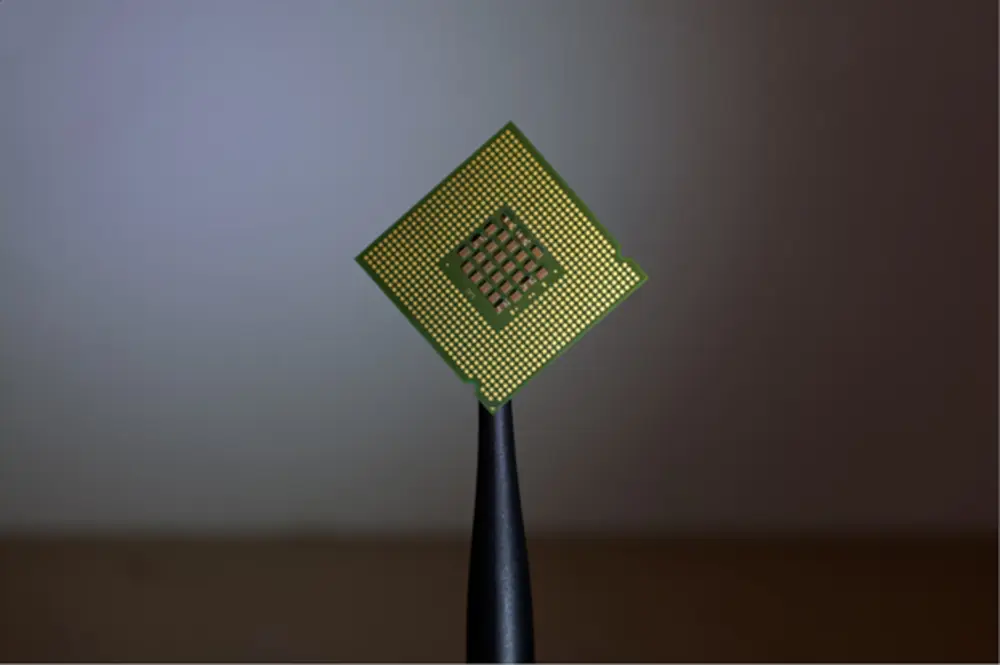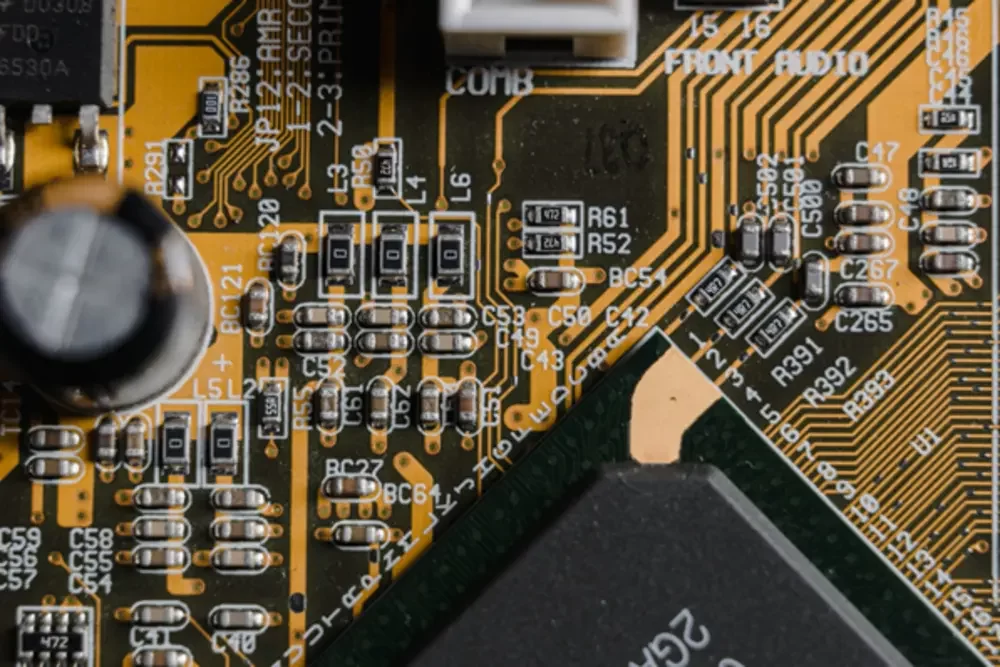Hardware acceleration has been proving increasingly vital over the last decade or so. As our computing needs grow, so does the need for our processing capacity. This has thrown up new challenges for engineers, such as empowering solutions to cope with the increased demand and operate flawlessly.
Resiliency is vital, as is scalability. Given the nature of integrated processes, a small error or malfunction can collapse entire systems. What’s more, solutions need to grow with the needs of the enterprise and be reconfigured, if necessary. Field Programmable Gate Arrays (FPGAs) are a great way to achieve exactly this.
They help boost hardware performance, ensuring it’s able to robustly support software applications and that users consistently receive error-free output. Here’s a quick primer on FPGAs and how they help with hardware acceleration.
The Need for Hardware Acceleration
Industry 4.0 has significantly changed how we build out and program our hardware. Much of this is due to the exponential increase in the amount of data we generate, process, and transmit. Entities like Internet of Things (IoT), artificial intelligence (AI), machine learning (ML) and Big Data all rely on the ability of supporting hardware to process humongous amounts of data, often in real-time.
The problem is further compounded by the standardized application of computers and hosted software. This often leads to the need for modifications or troubleshooting after a system has already been set up. Customized systems help users surmount incompatibility issues and offer them more freedom in the kind of applications they can run.
Altogether, this has created the need for hardware “acceleration,” where systems are souped up and offer more flexibility to users to achieve their objectives.
What Are FPGAs?
Field programmable gate arrays are specialized integrated circuits, or to put it simply, a computer hardware device, that can be reconfigured based on the need of the hour. FPGAs can be programmed to perform specific digital functions and accelerate a wide range of applications. This includes processing everything from images and speech to neural languages.
With an FPGA, you essentially have a choice: You can execute an application via the FPGA or the software present on your computer. However, FPGAs are far more capable than generic processing units, and their development tools, fairly easy to use. Add to this the ability to parallel process, and it’s unsurprising that users see a substantial improvement in performance and efficiency, as well as an optimization of resources.
Understanding FPGA Architecture
An FPGA is a hardware chip. It’s a combination of I/O cells, logic blocks, and interconnection components. However, engineers are finding it increasingly easy to augment the capabilities of the FPGA and further customize it with parts, such as DRAM controllers, clock generators, and multicore processors.

FPGAs are precisely-built hardware components
The key to an FPGA is its programmability, or rather re-programmability. It can be configured to implement a wide array of combinational and sequential logic. It’s also a great asset for engineers to quickly develop circuit prototypes while recycling the hardware.
The programming is done by using hardware description languages (HDLs), such as VHDL or Verilog. These languages can implement logic changes in the circuitry and facilitate the execution of application instructions.
Benefits of Using FPGA for Hardware Acceleration
A few years ago, FPGAs were largely confined to data centers and other high-end computing locations. However, they’re quickly becoming mainstream, to the point that every major chip company from AMD to Intel is accelerating development of FPGAs. Industries such as robotics, aerospace, and automotive can all benefit greatly from the use of FPGAs and they can’t wait for data to be relayed from far-off data centers, and are incorporating FPGAs into their hardware designs.

FPGAs are ideal for use in robotics, automation, and automotive industries
Here’s why FPGAs are such a popular choice for so many applications.
1. Reconfigurability
The biggest advantage of FPGAs is in their re-programmability. The fact that you can configure the chip to suit any system application and improve performance, makes it scalable in a way that few other technologies can match. If you’re a scale-ready enterprise, an FPGA is the ideal choice of hardware accelerator, since its functionality can be changed and updated at some point in the future.
FPGAs also allow partial reconfiguration of the device. If you have a design composed of several blocks of logic and you want to change one part of it without disrupting the entire system, you can do it by using a partial bitstream.
2. Fine-Grained Parallelism
Another defining advantage of FPGAs is that you can simultaneously run different operations from a single application. This gives them an edge over most other generic processing units. Engineers can leverage this feature to improve speed and performance for their systems.
Typically, FPGA accelerators offer task, data, and pipeline parallelism to facilitate raid data processing. They’re also a low-latency solution, given their purpose-built architecture and design.
3. Rapid Prototyping
FPGAs are often the norm at innovation labs and research centers. This is because their re-programmability and reusability make them the ideal choice for prototyping, especially for application-specific integrated circuit (ASIC) validation.
Determining whether the ASIC design is functioning is a crucial step in the innovation process and FPGAs can help engineers run multiple iterations without having to modify or newly procure hardware. This is a particularly attractive proposition for high-tech startups that want to innovate speedily and cost-effectively.
4. Faster Time-to-Market
The fact that you can quickly iterate with a reconfigurable device immensely speeds your development process. FPGA design and development tools are quite easy to use and engineers can quickly get accustomed to them for new projects.
What’s more, FPGAs are coded in HDLs, which are modular programming languages. This further adds to the speed of development. All in all, actions like validating lab designs and fixing bugs is a cinch with FPGAs.
FPGAs are increasingly being thought of, not as handy support components, but integral to the performance of the entire system. They’re quickly becoming the operating standard for data processing tasks across sectors. Just their real-time processing capability could prove to be clutch in the age of 5G data transmission and consumer AI models. The future certainly looks bright for FPGA technology.
